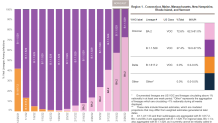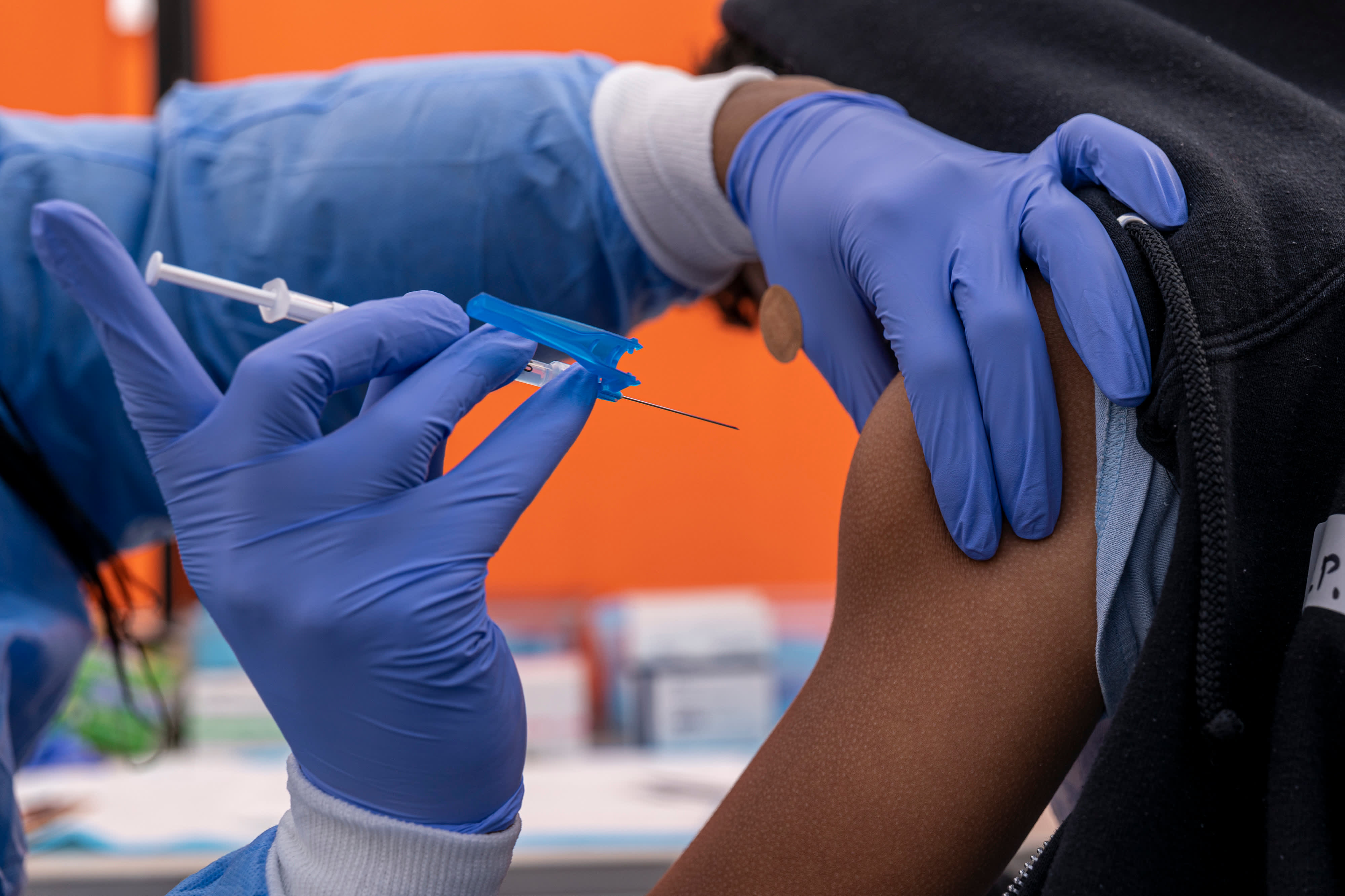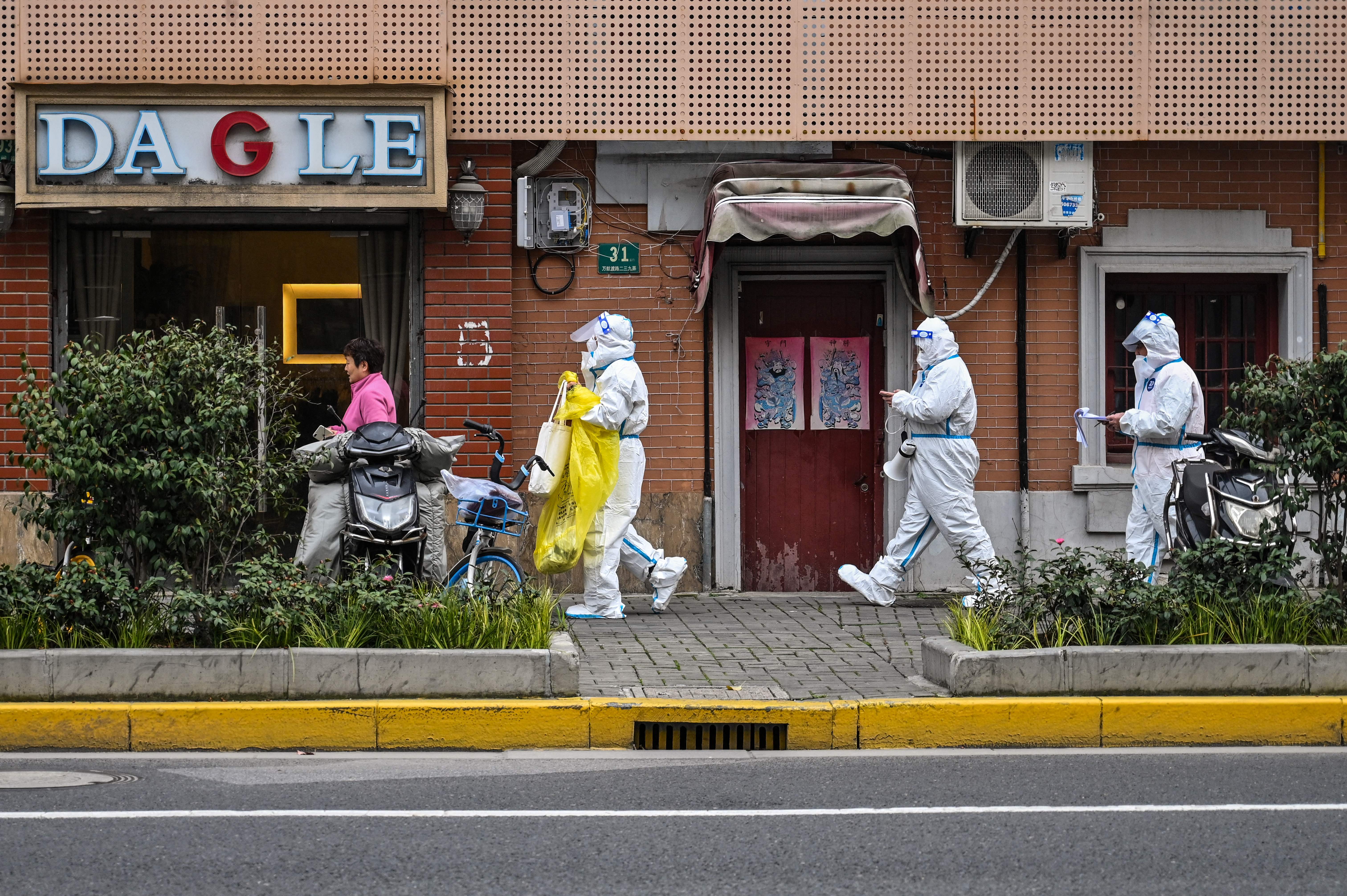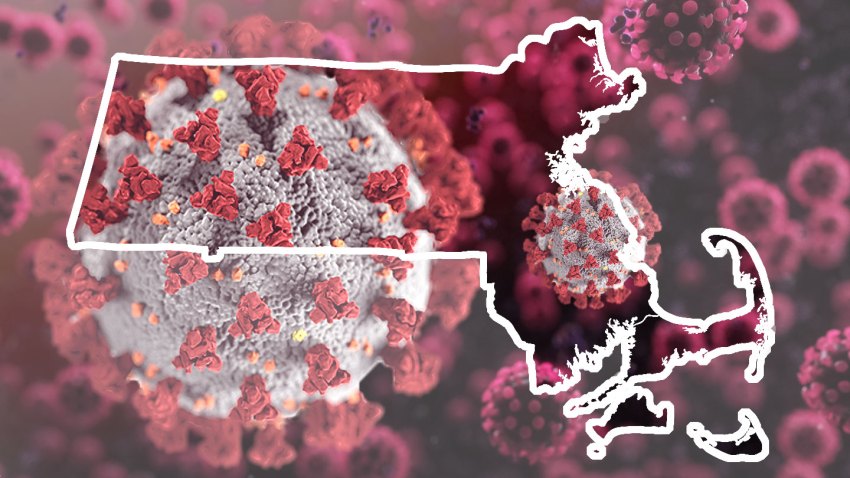Rising infections associated with the so-called "stealth" omicron variant BA.2 are fueling concerns that the U.S. could soon experience another COVID-19 wave.
According to the CDC, that variant accounts for 72.6% of COVID circulating in New England. By comparison, it is responsible for 54.9% of new infections nationally.

What is the stealth omicron, or BA.2, variant?
Get Boston local news, weather forecasts, lifestyle and entertainment stories to your inbox. Sign up for NBC Boston’s newsletters.
BA.2, also known as "stealth omicron," is considered a subvariant of omicron.
The new strain has several key mutations, with the most important of those occurring in the spike protein that studs the outside of the virus. Those mutations are shared with the original omicron, but BA.2 also has additional genetic changes not seen in the initial version.
So far, it has not yet been declared a variant of concern on its own.
Health officials are looking very closely at whether or not BA.2 needs to be classified separately and monitored separately. But even without that it is a variant of concern, and is being monitored very closely at the local levels, at the state levels and at the national levels.
What's going on in China?
China began its most extensive coronavirus lockdown in two years Monday to conduct mass testing and control a growing outbreak in Shanghai as questions are raised about the economic toll of the nation's “zero-COVID” strategy.
Shanghai, China's financial capital and largest city with 26 million people, had managed its smaller previous outbreaks with limited lockdowns of housing compounds and workplaces where the virus was spreading.
But the citywide lockdown that will be conducted in two phases will be China’s most extensive since the central city of Wuhan, where the virus was first detected in late 2019, confined its 11 million people to their homes for 76 days in early 2020. Millions more have been kept in lockdown since then.
How worried should you be about BA.2?
Medical officials don't expect that the rise of BA.2 will result in a spike in cases similar to the omicron surge late last year into early 2022.
Preliminary data indicate vaccinations and boosters are similarly effective in preventing symptomatic cases of BA.1, the original omicron variant, and BA.2.
“We do not see an increase in severity with BA.2. However, with huge numbers of cases you will see an increase in hospitalizations, and we have seen this in country after country,” the World Health Organization's Dr. Maria Van Kerkhove said.
But it could result in some changes in transmission, and there could be serious economic impacts on the U.S. as well.
What are the symptoms of BA.2?
Medical experts say the symptoms for BA.2 are similar to those seen in many COVID infections.
These can include:
- Fever or chills
- Cough
- Shortness of breath
- Fatigue
- Muscle or body aches
- Headache
- Loss of taste or smell
- Sore throat
- Congestion or runny nose
- Nausea or vomiting
- Diarrhea
But a CDC report released late last year showed that omicron tended to cause the following symptoms:
- Cough
- Fatigue
- Congestion
- Runny nose
For some people, coronavirus causes mild or moderate symptoms that clear up in a couple weeks. For others, it may cause no symptoms at all. For some, the virus can cause more severe illness, including pneumonia and death.
Most vaccinated people either have no symptoms or exhibit very mild symptoms, according to health officials, and the virus rarely results in hospitalization or death for those individuals.




